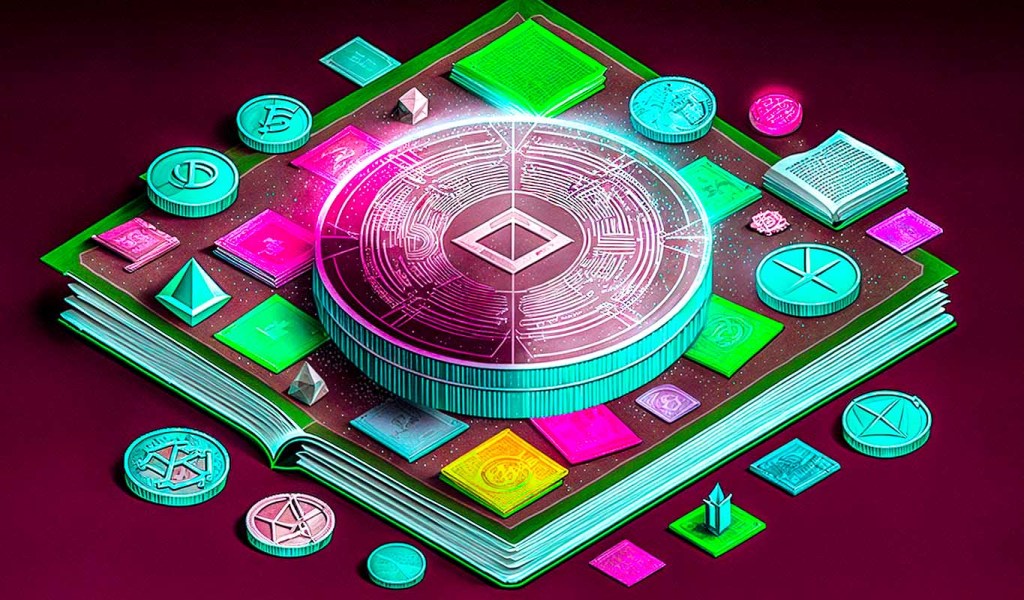
The Animoca Brands founder and CEO says spot Bitcoin ETF enthusiasm has directly correlated to increased confidence and activity in GameFi.
Enthusiasm surrounding a possible spot Bitcoin (BTC) exchange traded fund (ETF) isn’t just driving up the price of Bitcoin — it's also sparked a resurgence of enthusiasm for blockchain games, says Animoca Brands founder Yat Siu.
Speaking to Cointelegraph at Hong Kong Fintech Week, Siu said the price increases of many cryptocurrencies reignited investor confidence in the Web3 gaming market as well as sparking a fresh wave of related on-chain activity.
“Token values are a way of confidence building in terms of users and utility. It's not for the purpose of just having money, but it's also to feel confident about what you own.”
"If an industry or a country isn’t growing, despite the fact that prices might be high, then people can lose confidence,’ Siu said.
Busy @animocabrands fam & frens booth including @TheSandboxGame @MocaverseNFT @WreckLeagueHQ @the_phantom_g @AnichessGame and more at #HKFintechWeek2023 Hong Kong is clearly determined to becoming the #web3 hub! pic.twitter.com/6spuYH7Jhy
— Yat Siu (@ysiu) November 3, 2023
It can be difficult to boil investor confidence down to a single metric, however Siu explained the key indicators of growth and conviction in the GameFi sector can be best measured by looking closely at on-chain activity.
Rather than looking solely at the price of a projects’ token to gauge its success, Siu says that investors need to take a variety of factors into account — much like how one would look at the different inputs in a country’s economy.
“It's not necessarily just the price of one particular thing. It's the whole economic parcel,” he added.
The data supports Siu’s comments. Over the last month, the most played blockchain-based game in Animoca's roster, Axie Infinity, witnessed a 50% increase in transaction activity and a 14% jump in trading volume, according to DappRadar data.

Siu believes the entire crypto ecosystem is still fundamentally reliant on the growth of Bitcoin for its overall success despite many crypto industry players imagining their offerings as unique and separate from the rest of the market.
Related: Web3 gaming investors more ‘choosy’ in crypto winter — Animoca’s Robby Yung
“We're still in a gold standard financial ecosystem where Bitcoin is the reserve currency of Web3. How Bitcoin is used, how it's stored and who owns it, actually underpins a lot of the value in the crypto ecosystem,” he said.
Siu is confident an approval of a spot Bitcoin ETF product will be an incredible boon for the industry as a whole and add legitimacy to the sector while inviting a slew of new investment from traditional financial institutions.
Siu predicted the crypto sector will eventually outgrow its reliance on Bitcoin as the de-facto reverse asset in the same way the international economy shed its dependence on the gold-standard.
“As populations and economies grow, we need different systems that are more natural and efficient. To me, this is where we’re headed. But we're still talking about a very small population of the world that is involved in Web3, despite it being over $1 trillion in size.”
“It’s just a matter of maturity in the market.”
Magazine: Blockchain games aren’t really decentralized… but that’s about to change











